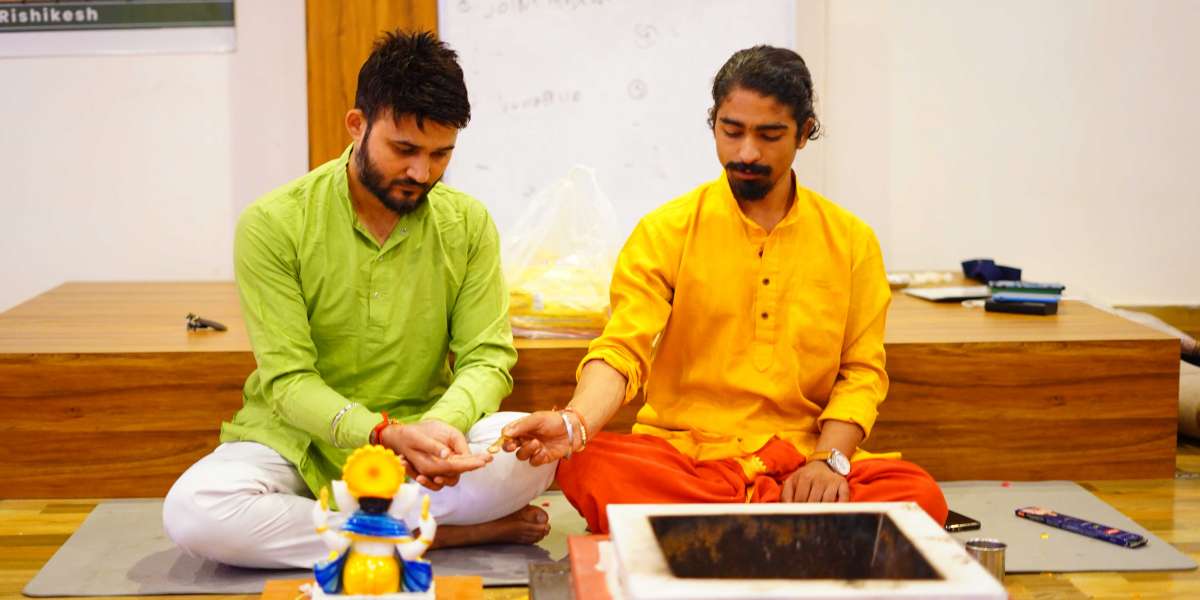What is Gibbs Reflective Cycle?
Gibbs Reflective Cycle is a structured framework designed to guide individuals through the reflective process. Developed by Graham Gibbs in 1988, this model encourages systematic thinking about experiences, aiming to derive meaningful insights for personal and professional growth. It’s widely used in academic and professional settings to improve self-awareness, learning, and performance.
Reflection, as facilitated by Gibbs’ model, is much like looking into a mirror after an event. It forces you to observe the situation critically, dissect your reactions, and decide on future improvements. For scholars, it’s a tool that bridges theoretical learning and practical application.
The Origins and Development of the Model
Gibbs introduced this cycle in his book Learning by Doing. The aim was to offer a simple yet profound structure for reflection, particularly in educational contexts. Over time, it has become a cornerstone in reflective practice, especially within fields such as nursing, teaching, and other research-intensive disciplines. Its popularity stems from its step-by-step approach, making it accessible even to those new to reflection.
The Six Stages of Gibbs Reflective Cycle
Description Stage: What Happened?
This is the starting point, where you objectively describe the event or experience. The focus is on facts: What happened? Who was involved? What was the outcome? Scholars use this stage to outline the context of their academic tasks, such as completing a research project or giving a presentation.
For example, consider a student reflecting on their group assignment. They would detail the task, their role, and the group dynamics without delving into subjective opinions yet.
Feelings Stage: What Were Your Thoughts and Emotions?
Here, the spotlight shifts to emotions and personal thoughts. What were you feeling at the time? What do you feel now in hindsight? This stage is crucial for recognizing emotional responses and understanding how they influence your actions and decisions.
For scholars, this might involve reflecting on anxiety before a deadline or pride after successfully defending a thesis.
Evaluation Stage: What Was Good and Bad?
At this point, you assess the positive and negative aspects of the experience. What went well, and what didn’t? For instance, a scholar could identify that their time management skills were effective, but group communication was lacking.
This stage helps in weighing the pros and cons of a particular approach or behavior, laying the groundwork for deeper analysis.
Analysis Stage: Why Did It Happen?
The analysis phase dives deeper into the reasons behind the outcomes. Why did certain things go well? Why did others not? It involves linking actions and outcomes to theoretical concepts or external factors.
For example, a scholar might analyze their procrastination habits and connect them to underlying causes like perfectionism or poor planning.
Conclusion Stage: What Could Have Been Done Differently?
This stage focuses on identifying lessons learned. Scholars ask themselves what changes they would make if faced with a similar situation in the future. It’s about synthesizing insights to formulate actionable takeaways.
Action Plan Stage: How Will You Improve?
Finally, the action plan outlines specific steps for future improvement. Whether it’s developing a new skill, adopting a different strategy, or seeking guidance, this stage translates reflection into actionable goals. Scholars often use this stage to set clear, measurable objectives for their academic journey.
Importance of Reflection in Academic Growth
Enhancing Critical Thinking Skills
Critical thinking is a cornerstone of academic success. Reflection encourages scholars to question their assumptions, evaluate evidence, and draw reasoned conclusions. By regularly using Gibbs Reflective Cycle, students can sharpen their analytical skills, which are vital for research and problem-solving.
Promoting Self-Awareness and Personal Development
Through reflection, scholars gain a deeper understanding of their strengths and weaknesses. This self-awareness fosters personal growth, helping them adapt to challenges and capitalize on opportunities.
Benefits of Using Gibbs Reflective Cycle for Scholars
Structuring Academic Reflections
One of the biggest challenges in academic writing is organizing thoughts coherently. Gibbs Reflective Cycle provides a structured framework that simplifies this process. Scholars can systematically analyze their experiences, ensuring no important detail is overlooked. This structure helps in creating well-rounded reflective essays and journals that are not only insightful but also easy to follow.
For instance, when working on a research project, scholars can use the cycle to reflect on each phase, from initial planning to final presentation. This helps in identifying strengths and areas for improvement at every step.
Improving Research and Writing Skills
Effective research and writing are fundamental to academic success. Gibbs Reflective Cycle supports these by encouraging scholars to critically analyze their methodologies, data interpretation, and presentation techniques. By reflecting on past assignments, scholars can refine their research questions, improve data analysis, and craft more compelling arguments in their writing.
Imagine a student working on their dissertation. By reflecting on previous feedback using Gibbs’ model, they can identify patterns in their errors—be it in structuring arguments, citing sources, or analyzing data—and make targeted improvements.
Aiding in Problem-Solving and Decision-Making
Reflection is a powerful tool for problem-solving. By evaluating past decisions and their outcomes, scholars can better navigate future challenges. Gibbs Reflective Cycle helps in breaking down complex problems, understanding contributing factors, and formulating effective solutions.
For example, if a scholar faced difficulties in managing time during a project, they can reflect on the root causes, such as poor prioritization or underestimating task durations, and implement strategies to manage their time better in the future.
Practical Applications in Academia
Reflective Writing in Assignments and Projects
Reflective writing is a staple in many academic programs. Whether it’s a part of a research journal, a portfolio, or a dedicated reflective essay, using Gibbs Reflective Cycle ensures that these reflections are deep and structured. It helps students articulate their learning experiences, connect theoretical knowledge with practical application, and demonstrate growth.
For example, in nursing or teaching programs, students are often required to reflect on their fieldwork experiences. Gibbs’ model allows them to critically analyze their performance, consider the impact of their actions, and plan for better outcomes in similar scenarios.
Improving Group Work and Collaboration
Group projects are a common aspect of academic life, and they often come with their own set of challenges. By reflecting on group dynamics using Gibbs Reflective Cycle, scholars can identify what worked well and what didn’t in their collaborations. This insight can be used to improve communication, resolve conflicts, and enhance teamwork in future group settings.
For instance, a student might reflect on how differing work styles within a group impacted their project. This could lead to implementing better communication strategies or setting clearer expectations in future collaborations.
Enhancing Presentation and Communication Skills
Presenting research findings or defending a thesis can be daunting. Gibbs Reflective Cycle helps scholars reflect on their presentation experiences, pinpointing areas where they excelled and aspects that need improvement. This might include evaluating their use of visual aids, audience engagement, or handling of QA sessions.
Over time, these reflections can lead to significant improvements in communication skills, making scholars more confident and effective presenters.
Challenges and Limitations of Gibbs Reflective Cycle
Over-Reliance on Structure
While the structured nature of Gibbs Reflective Cycle is a strength, it can also be a limitation. Some scholars may become overly reliant on the model, limiting their ability to engage in more spontaneous or intuitive reflection. This rigidity might stifle creativity and lead to formulaic reflections that lack depth.
To counter this, it’s important to use Gibbs as a guiding framework rather than a strict template. Scholars should feel free to adapt the model to their unique reflective needs.
Potential for Superficial Reflections
Another challenge is the risk of superficial reflection. If not used thoughtfully, scholars may simply go through the motions of each stage without truly engaging with their experiences. This can result in reflections that are shallow and fail to provide meaningful insights.
To avoid this, scholars should focus on delving deeper into their thoughts and emotions, seeking to understand the underlying factors that influenced their actions and decisions.
Tips for Effective Use of Gibbs Reflective Cycle
Combining with Other Reflective Models
While Gibbs Reflective Cycle is highly effective, combining it with other models can enhance its impact. For example, using Kolb’s Experiential Learning Cycle alongside Gibbs can provide a more comprehensive reflection, incorporating both experiential and reflective elements.
This approach allows scholars to benefit from the strengths of multiple frameworks, leading to richer and more nuanced insights.
Incorporating Feedback for Deeper Insights
Feedback is a crucial component of learning and development. By incorporating feedback from peers, mentors, or supervisors into their reflections, scholars can gain new perspectives and identify areas for improvement that they might have overlooked.
For instance, after receiving constructive criticism on a presentation, a scholar can reflect on this feedback using Gibbs’ model to understand its implications and plan for future improvements.
Real-Life Examples of Gibbs Reflective Cycle in Use
Case Study: A Scholar’s Journey in Research
Consider a graduate student working on their thesis. Throughout the process, they face various challenges, from formulating a research question to analyzing data. By applying Gibbs Reflective Cycle, they can reflect on each stage, identify what worked and what didn’t, and develop strategies for overcoming obstacles.
For example, after struggling with data collection, the student reflects on their methodology and realizes that a more structured approach could have improved efficiency. This insight helps them refine their methods for future research.
Reflective Practice in Professional Development
Beyond academia, Gibbs Reflective Cycle is widely used in professional development. For example, in the field of education, teachers often reflect on their lessons to improve their teaching methods. By systematically analyzing their classroom experiences, they can identify areas for improvement and enhance student engagement.
Conclusion
Gibbs Reflective Cycle is an invaluable tool for scholars, offering a structured approach to reflection that fosters personal and academic growth. By guiding individuals through a step-by-step process, it helps in deriving meaningful insights from experiences, improving critical thinking, and enhancing performance across various academic activities.






